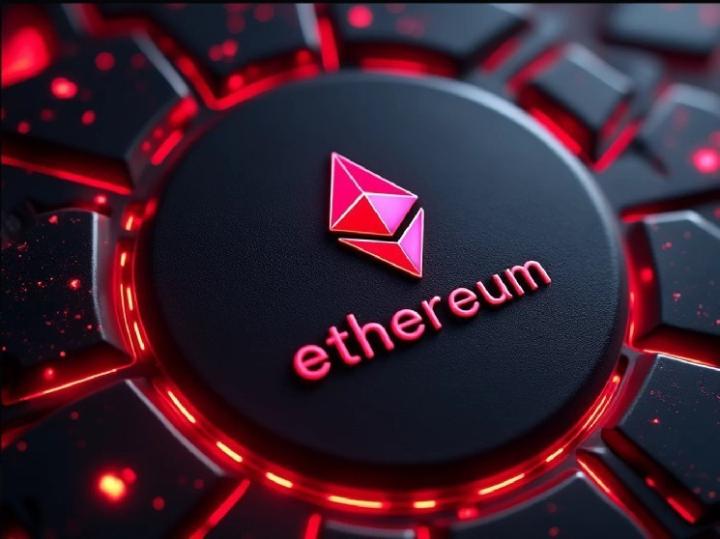A retired economics professor confused GPT-5 with a simple question, and its poor performance was far from the "doctoral-level AI" advertised by Altman.
The question is very simple, it's about the Tic-Tac-toe game that we all played when we were young.
The professor told GPT-5: " Before the game starts, rotate the board 90 degrees to the right once ." Obviously, according to common sense, doing so will not change the game itself at all.
However, GPT-5 talks about it:
Players are accustomed to playing an upright tic-tac-toe board, so rotating it might subtly alter how they perceive threats and opportunities . Mathematically, rotating the board 90 degrees doesn't change the possible winning combinations; it's still the same game. Psychologically, however, it might feel different to players .
Subsequently, GPT-5 made a number of outrageous operations, which left the professor speechless.
The professor also said frankly that the current GPT-5 feels completely different from when it was first released. This change in style is most likely due to OpenAI's strategy adjustment: it deliberately made this new model move in the direction of GPT-4o, becoming "more intimate and friendly."
In a recent interview, Altman admitted that adjustments were indeed made to GPT-5 , saying that the initial release of GPT-5 was improperly handled (letting a number of models such as GPT-4o be directly retired). As a result, OpenAI quietly pushed a tone update for GPT-5, making its style "much more friendly."
By the way, Ultraman has already started to hype GPT-6 , saying that "the arrival of GPT-6 will be faster than the interval between GPT-4 and GPT-5."
In addition, it was revealed that OpenAI is testing ChatGPT's new " Thinking effort " feature.
GPT-5 answers are full of loopholes
The professor's name is Gary Smith, a professor of economics at Pomona College who recently retired.
When he asked GPT-5 the question of "rotating the tic-tac-toe board 90 degrees," the model's answer was already full of loopholes. Later, GPT-5 also put forward a view that contradicted folk game theory.
According to common sense in folk game theory, if you place the piece in the corner first in tic-tac-toe, the probability of winning will be higher .
However, GPT-5 firmly stated that "choosing the center square is still the strongest opening move" and continued to explain: " When the direction of the chessboard changes, players may misjudge the pros and cons of placing pieces on the edges and corners ." This statement makes no sense at all.
The professor then followed up on this topic by asking, "Would rotating the chessboard make it more difficult for humans to play the game well?"
It was from this question that GPT-5 completely fell into an incoherent state. It first said:
From a purely strategic perspective, rotating the board doesn't change anything. Every winning line (row, column, diagonal) simply maps to another winning line. Therefore, if you're an AI or a perfectly capable human, rotated tic-tac-toe plays exactly the same as standard tic-tac-toe.
Although the statement is long-winded, the content itself is correct. But before the professor could sort out his thoughts, GPT-5 changed the subject and said, "But for humans, the situation is different ."
Next, GPT-5 continued to output "enthusiastically", but the professor felt more and more that something was wrong. Not only were the replies long and deliberately flattering, but the style was more like GPT-4o. Crucially, there were many errors that were obvious at a glance. It was a far cry from the experience recently promoted by OpenAI of "chatting with a capable friend with PhD-level intelligence."
Then, GPT-5 volunteered again, saying it would "draw a rotated tic-tac-toe board with positions marked... so you can see how each rotation affects the player's recognition of the board."
The end result is that the diagrams are not only completely chaotic, but also riddled with spelling errors and several meaningless blank chessboards.
Two More Things
Some netizens recently discovered that OpenAI is developing a new feature called "Thinking effort" for ChatGPT, which allows users to choose the thinking intensity of ChatGPT independently .
This feature is currently in testing and currently has four intensity levels: light , with an internal attribute value of 5; standard , with a corresponding value of 18; extended , with a corresponding value of 48; and the highest level, max , reaches 200.
These values represent the model's internal "computational resources" quota. A higher quota means the model will perform more computational steps, typically providing deeper answers, but also slower responses.
Among them, the max level has usage rights restrictions and is only available to users of the premium package Pro with a subscription price of US$200.
In addition, Altman recently started to hype GPT-6 in an interview with CNBC, pointing out that GPT-6 can not only respond to user needs, but also actively adapt to users, allowing users to create chatbots that meet their personal preferences.
He believes that the memory function is the key to making ChatGPT truly personalized, and said that OpenAI is working closely with psychologists to optimize the product . The team will track users' feelings during use and monitor changes in user experience over the long term.
It is worth mentioning that Altman said that the enhanced memory function is his favorite feature launched by ChatGPT this year, but there are privacy risks, especially since temporary memory data is not yet encrypted .
Regarding the response plan, Altman only vaguely said that encryption function "is likely" to be added in the future, but there is no specific time plan at present.
When talking about future directions, Ultraman mentioned that he is more concerned about the field of brain-computer interface, and is also interested in energy, new hardware carriers, robotics technology and more efficient data center construction methods.
He also mentioned that there are limitations to ChatGPT’s development:
These models have already reached their ceiling in the chat interaction scenario, and their performance will not improve significantly... and may even get worse.
Reference Links:
[1]https://futurism.com/gpt-5-simple-question-confusion
[2]https://www.cnbc.com/2025/08/19/sam-altman-on-gpt-6-people-want-memory.html
[3]https://www.bleepingcomputer.com/news/artificial-intelligence/openai-is-testing-thinking-effort-for-chatgpt/
This article comes from the WeChat public account "Quantum Bit" , author: Focus on cutting-edge technology, 36Kr is authorized to publish.












